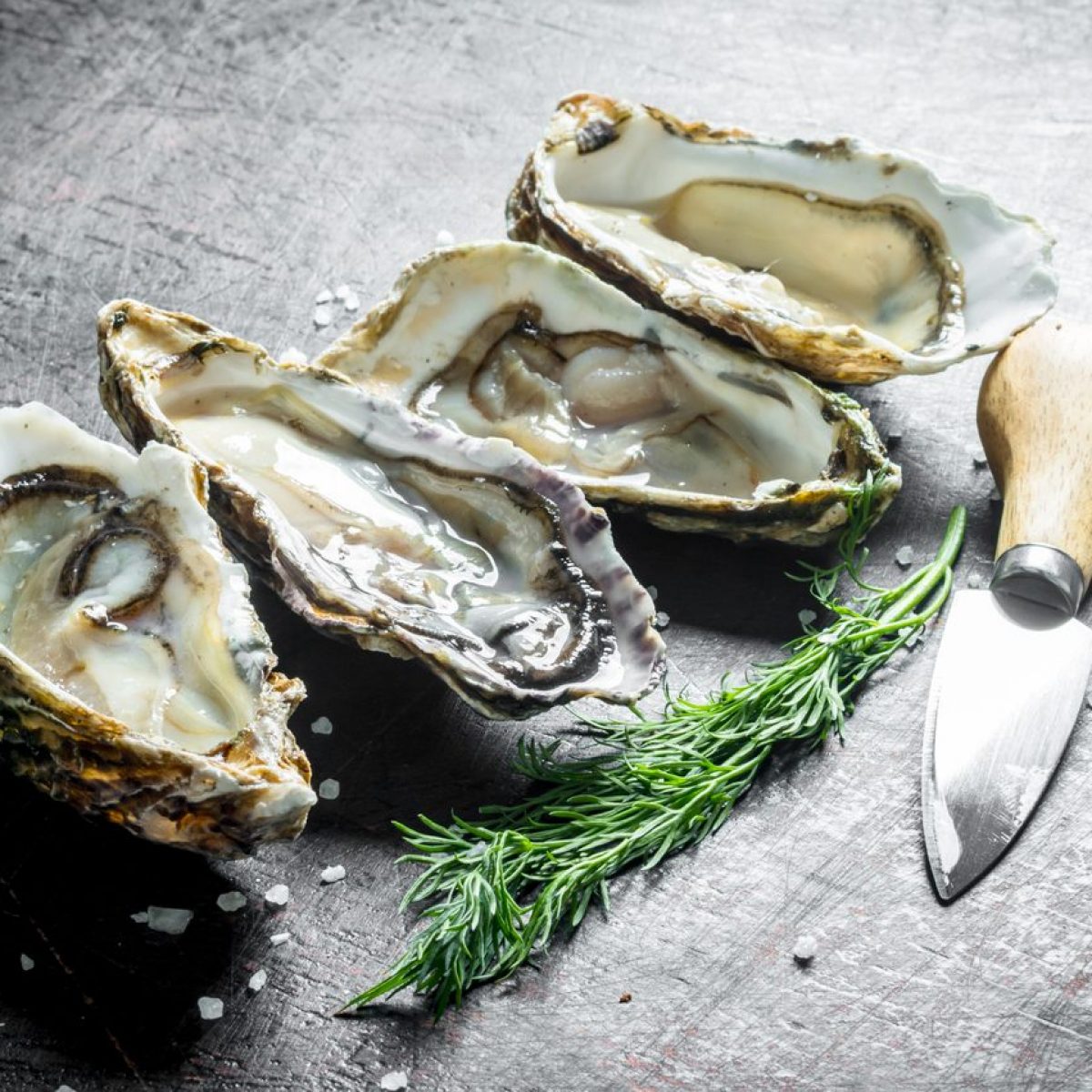From the beauty to the flavors, to the refinement of the dish, oysters are a highly sought-after delicacy. Remind us what could be more tempting than sharing an elegant plate of fresh, succulent oysters in a location that specializes in this renowned mollusk? Yet, we’re beyond just enjoying them. We want to know about them and savor each unique aspect they offer.
So, when presented with the opportunity in a specialized establishment, enquiring about the oysters on the menu should begin to come naturally. Where are they from? Are they from France? Where? Are they from Brittany? These questions are not unfounded, as their answers reveal the most important aspects that influence oyster farming: the gulf stream, the mouths of rivers with category A water (i.e. maximum purity), and strong tides.
In France, these characterizing factors occur naturally. The gulf stream gives the waters, thanks to the constant temperature over the twelve months, the warmth needed to form a food chain with a high metabolism, the first form of life being plankton, the oyster’s food. The mouths of clean rivers soften the warm waters of the sea, allowing nutrients to explode in abundance: less salinity means more life and even more plankton. Strong tides give strength to the oysters, which, by remaining uncovered on their trellises in the sea at low tide, strengthen the muscle they use to open and close their shells.
This muscle, when well developed, allows the oysters to close tightly when they are out of their environment and, once packaged to go to the markets, they retain their water, remaining alive and guaranteeing healthiness to consumers even after twelve days; lastly, when we eat them, that crisp muscle, perhaps making it more delicate, gives an intense pleasure when we chew it.
Oysters in the Mediterranean
However, in the Mediterranean, these factors are not a given, so obtaining excellence with oyster farming throughout the year was never truly at home, until Florent Tarbouriech, a Marseillan from the Linguadoc in southern France, invented and patented an innovative system that reproduces the tides by suspending them on ropes.
Oysters grow on these five-meter
ropes in triptychs fifty centimeters apart. Every day, thanks to wind-powered or photovoltaic winches, the mollusks
are immersed in the Etang de Thau and then suspended, according to the rhythm of the tides. The ultraviolet rays during the suspension phase do not allow plant or animal parasites to take root on the mother-of-pearl, coloring it pink, a process from which the name Pink Pearl is derived.
In addition, the suspension process keeps the oysters on a kind of fasting diet and they tighten up with their own water; in the subsequent daily immersion phase, they show incredible greed in recovering from the sea the nutrients not stored during the previous phase.
Thus, the small fruits reach an internal fleshiness index unattainable in other oyster beds using different techniques; the same compactness of the fat structure becomes explosive, placing them at a higher level than the fine and special ones: they are Gran Cru oysters.
On the palate, the primary character of the sea is of unique finesse and elegance, the vegetal notes open with hints of underwood and then white peach, the tertiary dried fruit is ample and persistent: eating this type of oyster is a unique journey into the world of the senses and the merroir of Marseillan.
Florent Tarbouriech, as well as providing an example of a 100% environmentally friendly marine industry, is a true example of a visionary who has shown the world that dreams can come true: his oyster maintains these standards all year round, managed 100% in an area with little vocation for oyster farming.
We can currently find these delicacies in the top locations for oysters around the world. The price may seem a bit steep, but once you’ve tasted them, you’ll be captivated. Just beware of their one drawback… addiction.
Corrado Tenace


